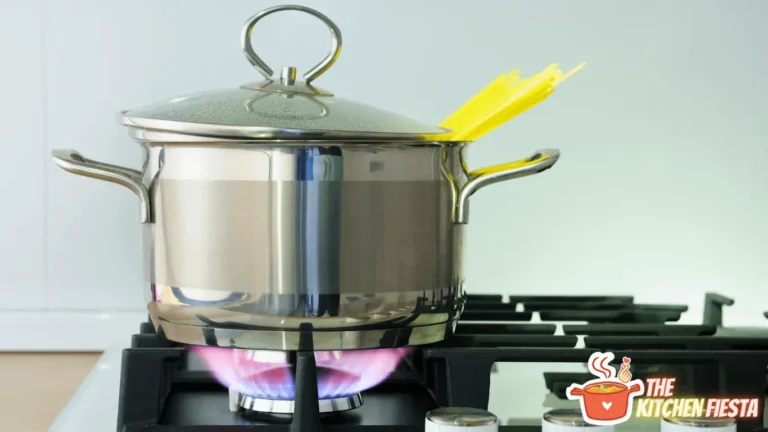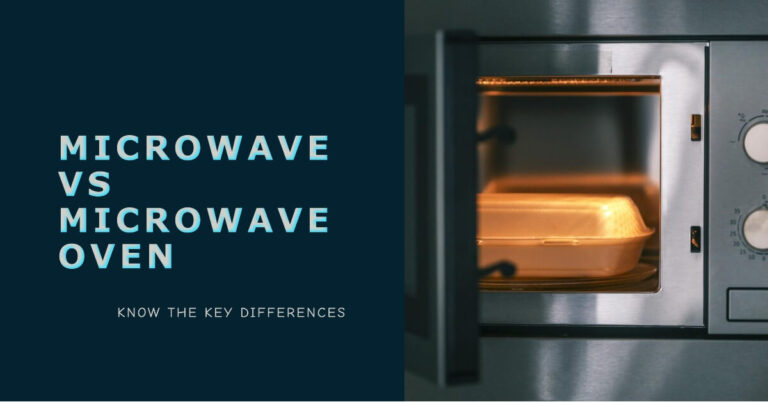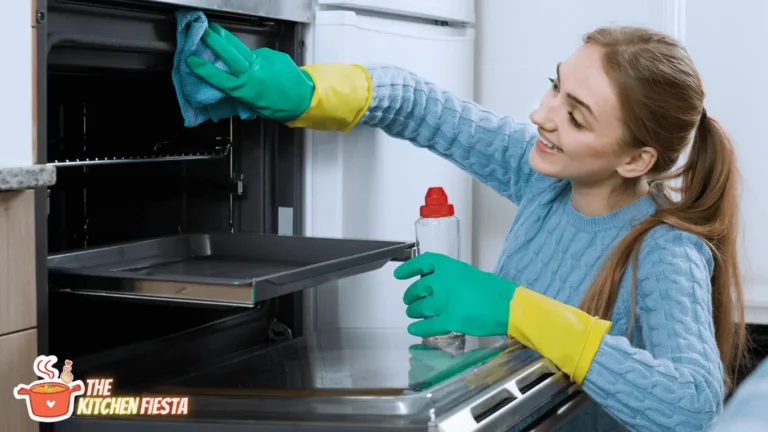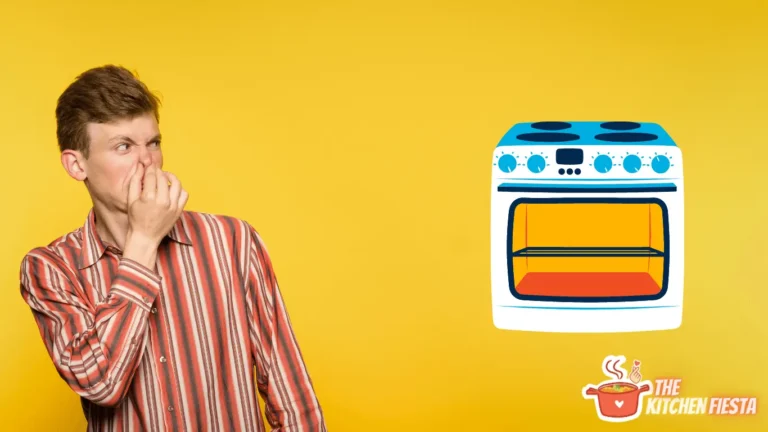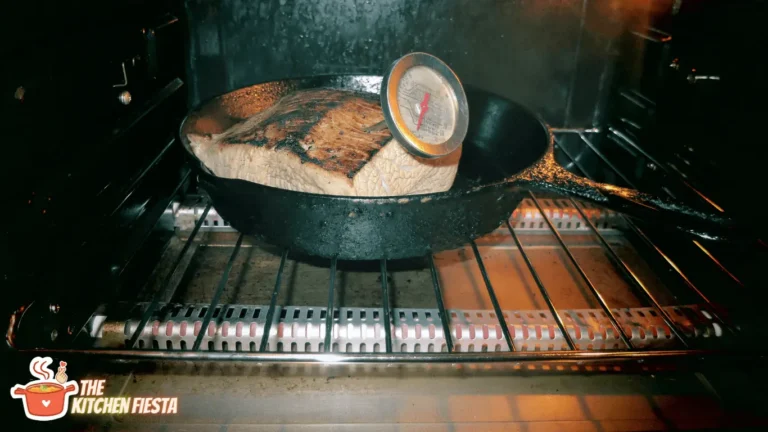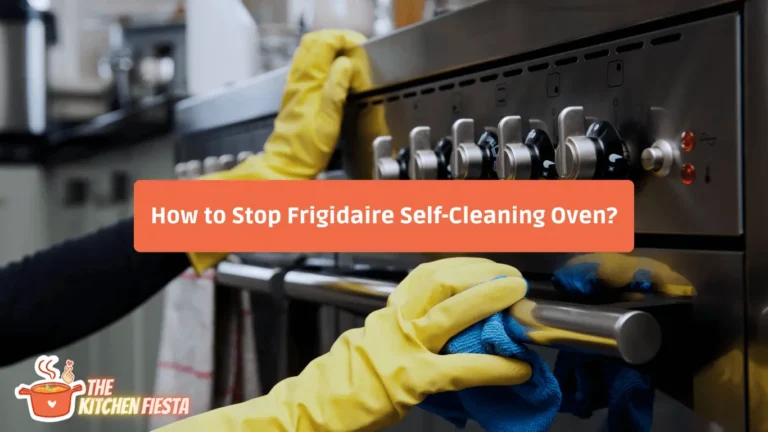Is Microwave Safe Also Oven Safe?
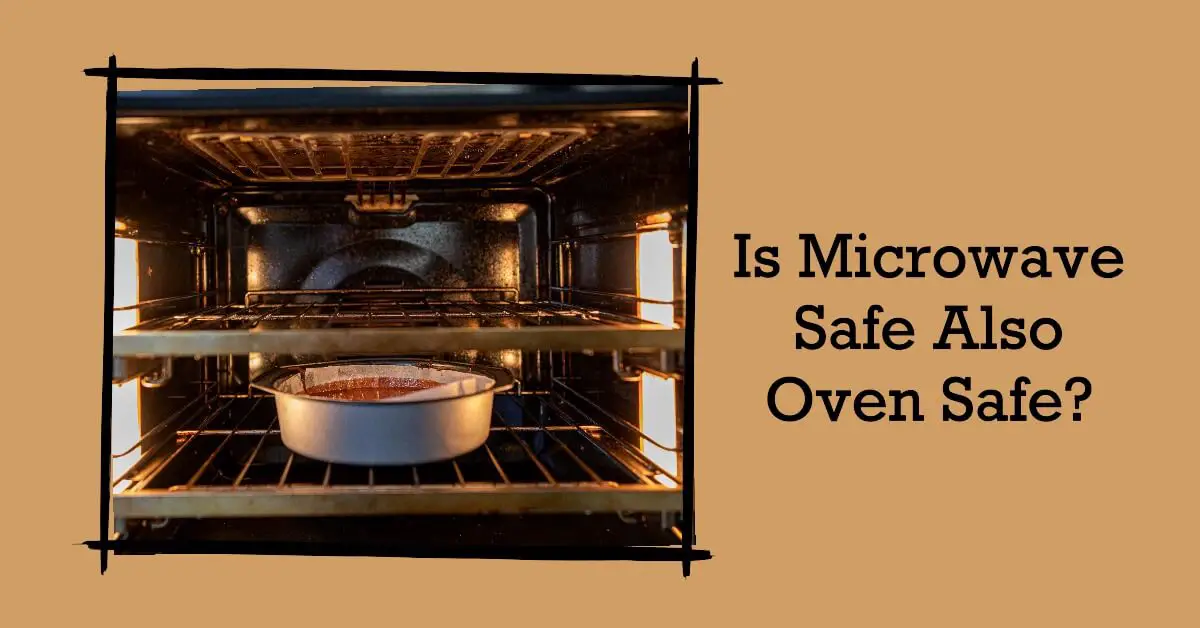
Meta Description: Confused if your microwave-safe bowls and containers are also oven-safe? This guide covers everything you need to know about using microwave-safe dishware in the oven.
Introduction
Cooking and reheating food at home usually involves the microwave and the oven. But is microwave safe also oven safe? Can you safely use the same bowls, dishes, and containers in both appliances?
The short answer is: it depends. Glass and ceramic containers are generally safe, but plastics need to be verified.
This article will cover everything you need to know about using your microwave-safe cookware in the conventional oven or microwave oven. We’ll go over:
- Definitions of microwave-safe and oven-safe
- If common containers like plastic, ceramic, and glass are safe for the oven
- How to tell if a specific bowl or dish is safe for both microwave and oven use
- Recommendations for cookware that can go in both appliances
Understanding what cookware is truly safe for the microwave and oven will ensure you don’t damage your dishes or risk your safety. Let’s get started.
What Does It Mean For a Dish To Be Microwave-Safe?
When a bowl, plate, mug or container is labeled as microwave-safe, it means it can safely be used to cook, reheat or defrost foods in the microwave oven.
Microwave-safe cookware is made from materials that do not significantly interact with or absorb microwaves. This includes:
- Glass
- Ceramic
- Stoneware
- High-heat plastics like melamine
- Paper products
- Microwave-safe silicone
These materials allow microwaves to pass through and heat the food, without becoming dangerously hot themselves. Metals are NOT microwave-safe because they reflect microwaves.
Dishes marked microwave-safe have been tested safe for use in a microwave. However, this doesn’t necessarily mean they can also withstand the much higher temperatures of a conventional oven.
What Does Oven-Safe Mean For Cookware?
When pots, pans, baking dishes, and other kitchenware are labeled oven-safe, it indicates they can safely be used for cooking in a conventional or convection oven.
Oven-safe cookware should be able to withstand temperatures ranging from 350°F for roasting and baking, up to 500°F or more for broiling, searing, and other high-heat cooking methods. Common oven-safe materials include:
- Glass and ceramic bakeware
- Stainless steel pots and pans
- Cast iron skillets
- Stoneware casserole dishes
- Metal muffin tins and baking sheets
While metal pans and dark bakeware are oven-safe, they cannot be used in the microwave because they arc, spark and reflect microwaves. Heat-resistant glass and ceramic vessels are the most versatile since they are safe for both the microwave and oven.
Are Containers Labeled Microwave-Safe Also Oven-Safe?
If a bowl, plate, mug or food storage container is labeled as microwave-safe, you may assume it’s also safe to use in the oven. However, that’s not always the case.
Many common cooking vessels like regular plastic containers, paper plates, and styrofoam cups are designed only for microwave use. They will melt, burn, or release chemicals if exposed to the much higher temperatures inside a hot oven.
So unless the packaging specifically says a dish is both microwave and oven-safe, check the material to evaluate the safety:
- Ceramic mugs, bowls, plates are safe for microwave and oven use
- Glass baking dishes and mixing bowls are typically safe for both
- Plastic containers melt in the oven unless labeled oven-safe
- Silicone bakeware is usually safe, but verify temperature limits
- Metal cookware like pans are safe for the oven only
When in doubt, refer to the manufacturer’s instructions to verify safe usage in both appliances.
Can You Put Plastic Containers or Bowls in the Oven?
It’s generally not recommended to put plastic containers, bowls, cups, or mugs in a hot oven unless they are specifically labeled as oven-safe.
Most regular plastic cookware like food storage containers, plastic cups, and plastic plates are designed only for use in the microwave, not the high temps of an oven. When exposed to temperatures above 212°F, the plastic may warp, melt, release chemicals, or pose other safety risks.
However, high-temperature plastics like polycarbonate, silicone, nylon, and melamine can withstand oven temperatures. If a plastic container or bowl is labeled as oven-safe or microwave and oven-safe, follow the recommended temperature guidelines. Quality plastic ware meant for dual use will hold up well in both appliances.
For safest results, opt for glass or ceramic vessels when cooking food in the oven. Never put plastic bags, wraps, or films in the oven.
Are Ceramic Dishes, Bowls and Mugs Oven-Safe?
Glazed ceramic mugs, bowls, plates, and other ceramic dishware are generally safe to use in both the microwave and conventional oven.
Ceramic is an incredibly durable, heat-resistant material that can withstand repeated exposure to high temperatures above 500°F. Stoneware, porcelain, ceramic bakeware, and ceramic ramekins are all safe choices for oven cooking.
The glaze provides a smooth, non-porous surface that prevents moisture absorption and remains intact at high heats. Unglazed ceramics may be more prone to cracking.
Unless specifically labeled, it’s best to avoid using ceramic dishes in the oven broiler which reaches temperatures above 700°F. Always inspect ceramic dishware for cracks before reheating food in the microwave.
Can Glass Bowls Be Used for Baking in the Oven?
Common glass mixing bowls, and tempered glass baking dishes like Pyrex are generally safe to use in both the microwave and conventional oven.
Borosilicate glass like Pyrex is specially designed to withstand the thermal shock of quickly going from freezer to hot oven. Temperatures between 350-425°F are fine for most glass mixing bowls and baking dishes.
Avoid putting regular glassware like drinking glasses in the oven, as these may shatter from the temperature change. Do not put empty glassware in the microwave either.
Inspect glass baking dishes for scratches or cracks before each use. Avoid extreme temperature fluctuations and direct contact between hot pans and glassware to prevent breaks or shattering.
Are Microwave-Safe Plastic Containers Also Oven-Safe?
While most regular plastic ware should be kept out of hot ovens, some high-temperature microwave-safe plastics may also be oven-safe for temperatures up to 425°F.
Heavy-duty plastic materials like silicone, melamine, polycarbonate, nylon and high-heat polypropylene can resist heat better than cheap plastic.
Double check that any microwave-safe plastic container, mug, bowl or cup is specifically labeled as oven-safe before exposing it to baking or roasting temperatures. Don’t assume microwave-safe means it’s also safe for the oven.
When unsure, opt for glass or ceramic vessels for oven cooking instead of plastic. Avoid putting disposable plastics in the oven unless explicitly approved.
What Types of Cookware Are Safe for Microwave and Oven?
To maximize versatility, stock your kitchen with cookware labeled as both microwave and oven-safe. Good choices include:
- Glass baking dishes – Can be used for microwaving, baking, roasting, broiling
- Ceramic pots, mugs, casseroles – Durable for microwave or oven use
- Silicone bakeware – Withstands freezer to 425°F oven temps
- Stainless steel pots/pans – Metal is oven-safe but not the microwave
- Cast iron pans – Great for oven searing, frying; not microwaveable
Avoid putting these materials in the microwave:
- Metal pans, bakeware – Reflects microwaves
- Heat-sensitive plastics – May melt or release chemicals
- Wood surfaces – Could overheat or char
And keep these materials out of hot ovens:
- Plastics not labeled oven-safe
- Disposable cups, plates, bowls
- Plastic bags or wraps
- Paper napkins, plates, towels
Following these microwave and oven safety tips prevents damaged cookware and spoiled food.
Can Food Storage Containers Go In the Oven?
Everyday plastic food storage containers are convenient for packing lunches and saving leftovers, but they should never be used for oven cooking.
Plastic containers like Tupperware, Gladware, Ziploc and other food storage boxes are designed only for use in the fridge and microwave. They will warp, melt, or release toxic chemicals if baked in a hot oven.
For oven cooking, opt for oven-safe glass or ceramic food storage instead. Some silicone containers may also be safe, if labeled for oven use.
Metal tins or aluminum foil pans are also oven-safe options. Just avoid putting them in the microwave, as metal will damage the appliance.
Are Microwave-Safe Dishes Oven-Safe Too?
Many dishes marked as microwave-safe are also likely safe for use in the oven. This includes:
- Ceramic mugs, plates, bowls
- Glass plates and bakeware
- High-heat plastic dinnerware
- Microwave-safe silicone cups and plates
But you’ll always want to verify by checking the safety labels and material composition, especially for plastics.
Disposable paper plates, cups, and bowls should never go in the oven, along with plastic cutlery which can also melt. While labeled as microwave-safe, flimsy paper and plastic dishware won’t withstand oven temps.
For versatile dishware, look for products specially marketed as microwave and oven-safe. Corelle dinnerware is a popular dual-use option.
Are Ziploc Bags Oven-Safe?
No, Ziploc bags and other plastic wraps or bags should never be used in the oven.
Plastic bags like Ziploc bags have a low melting point and are not designed to be exposed to hot oven air or temps above 200°F. The plastic will likely melt or release chemicals into food if baked in a hot oven.
For oven cooking, use oven-safe glass or ceramic bakeware. Avoid cooking foods in plastic bags, plastic wrap, parchment paper or wax paper in the oven.
However, Ziploc bags are perfectly safe for microwave use for steaming vegetables, making omelets, and other creative microwave cooking techniques.
Can Metal Bowls Be Used in The Microwave Oven?
It’s not recommended to put any metal bowls, containers, or cookware inside a microwave oven. Metal is unsafe for microwave use because it reflects microwaves instead of absorbing them.
The reflective properties of metals like aluminum, copper, tin, gold and silver will cause microwaves to bounce around and potentially damage the appliance or start electrical fires.
Instead, opt for microwave-safe materials like glass, ceramic, plastic, paper. Never put metal cookware including pots, pans, tins or aluminum foil in the microwave. Remove all metal before reheating food.
Key Takeaways on Microwave and Oven Safety
- Verify cookware is safe for both appliances by checking labels
- Glass and ceramic vessels are the most versatile for microwave and oven use
- Avoid putting metal in the microwave; it can reflect waves and damage appliance
- Don’t put regular plastic in the oven unless it’s labeled oven-safe
- High-heat plastics like silicone may be safe for microwave and oven
- Never use plastic bags, wraps or disposable containers in the oven
Following these simple microwave and oven safety tips will prevent accidents and help your cookware last. Now you can feel confident safely using your favorite microwave-safe mugs, bowls and dishes in the oven too.

